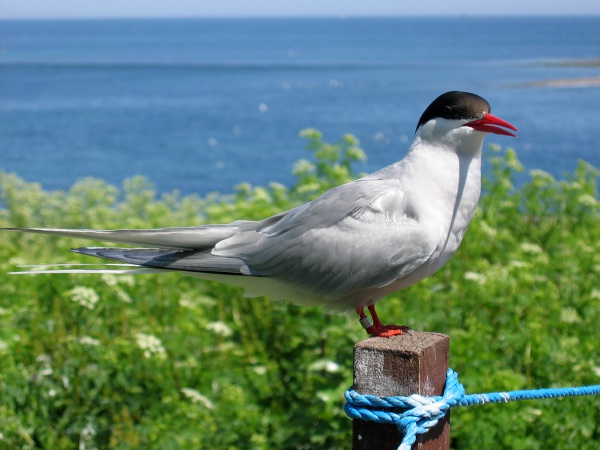Facts About Arctic tern
The Arctic tern, belonging to the Laridae family, is a remarkable migratory bird found in the Arctic and sub-Arctic regions of Europe, Asia, and North America. Renowned for its extraordinary journeys, the Arctic tern travels from its northern breeding grounds to the Antarctic coast for the southern summer and back again, covering up to 90,000 kilometers annually—one of the longest migrations in the animal kingdom.
These medium-sized birds are easily distinguished by their grey and white plumage, vibrant red or orange beaks and feet, and deeply forked tails. They have a long lifespan and primarily feed on fish and small marine invertebrates. With an estimated global population of about one million, Arctic terns are relatively abundant. However, they face threats in certain regions due to past exploitation and environmental changes.
Arctic terns are fiercely protective of their nests and young, often attacking predators and intruders. They typically begin breeding around their third or fourth year, forming lifelong mating pairs and returning to the same colony each year. Their courtship rituals are elaborate, featuring aerial chases and fish offerings. They nest in colonies near water, laying one to three eggs per clutch. Both parents share duties in incubating the eggs and caring for the chicks, which usually fledge after about 21 to 24 days.
Their diet mainly consists of small fish and marine crustaceans, although they occasionally consume insects and berries. While nesting, they are vulnerable to predators and face competition for resources from other bird species. Conservation efforts are underway to protect Arctic tern populations, and BirdLife International considers the species to be of lesser concern.
Culturally, the Arctic tern has captured the imagination of many, appearing on postage stamps in various countries and territories. This highlights its significance and appeal to people worldwide.

 Estonia
Estonia